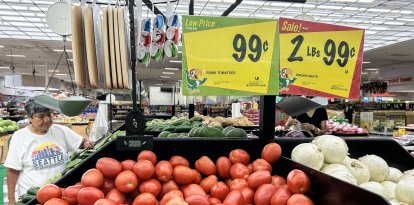Four out of five people have been scammed while shopping, many of them online
According to a survey, 82% of customers claimed to have been victims of some kind of fraud while shopping. The number of people affected continues to rise.

Card payment
Customers are evolving alongside commerce, adapting to new technologies that, in theory, make shopping easier. However, this progress also comes with increased risks, as fraudsters evolve as well, becoming more deceptive and concing users to fall into their traps. Many have already fallen victim to scams in one way or another and the number continues to rise.
According to a survey conducted by the American Association of Retired Persons (AARP) to warn about holiday shopping, four out of five people (82%) said they have been victims of some kind of fraud when shopping.
Many scams originate from online commerce, whether through websites or social networks. Specifically, 35% of respondents reported being scammed through a route that is gaining more followers each each. In 2023, 38% of customers made purchases online and in 2024, that number rose to 44%.
Another method of fraud that is on the rise is that of "false shipments," where individuals receive messages about purchases they never made. In 2022, 29% of respondents fell for this type of scam. By 2023, that number had risen to 53%. In 2024, it reached 56%. In a span of two years, the percentage of victims has doubled. In addition, more than three out of ten people have had their purchases stolen after being left on their doorstep.
Be cautious when donating to charities. While 55% of people reported giving money to charity, six in ten of them do not investigate where their financial help is going. Only 35% were aware that they had received fraudulent solicitations.
Scams are also prevalent in travel giveaways. The association advises consumers to stick to agencies with physical locations or well-known reputations to avoid falling victim to fraudsters.
Lack of awareness
The AARP stressed that just over half of respondents (56%) are aware that credit cards are the safest payment method, offering far more protections than other options.
Sixty-four percent plan to use their credit card for holiday shopping, while 75% will stick to more traditional methods and pay with cash. Thirty-one percent will use other payment methods, and 15 percent will pay by personal check.

























